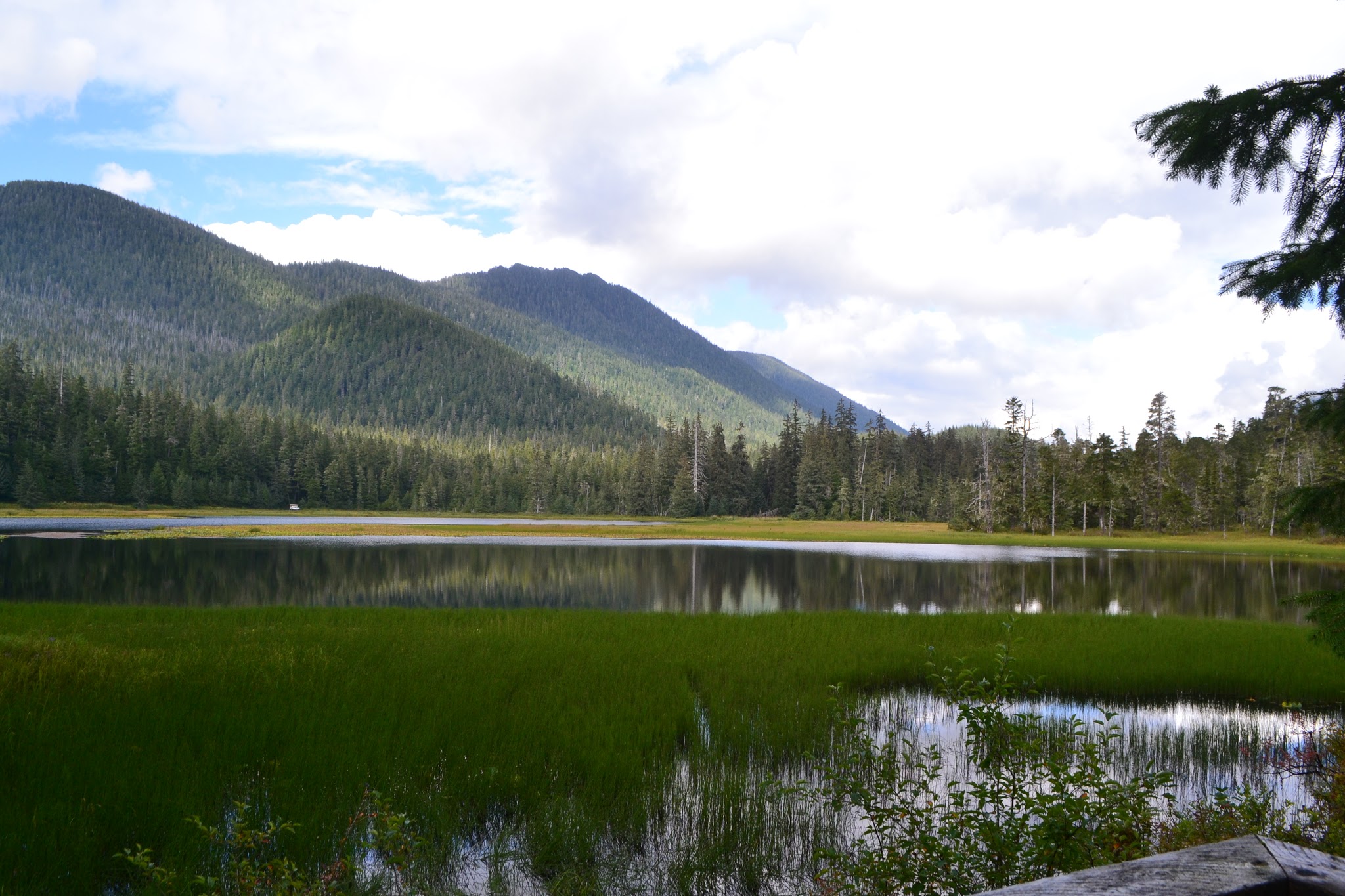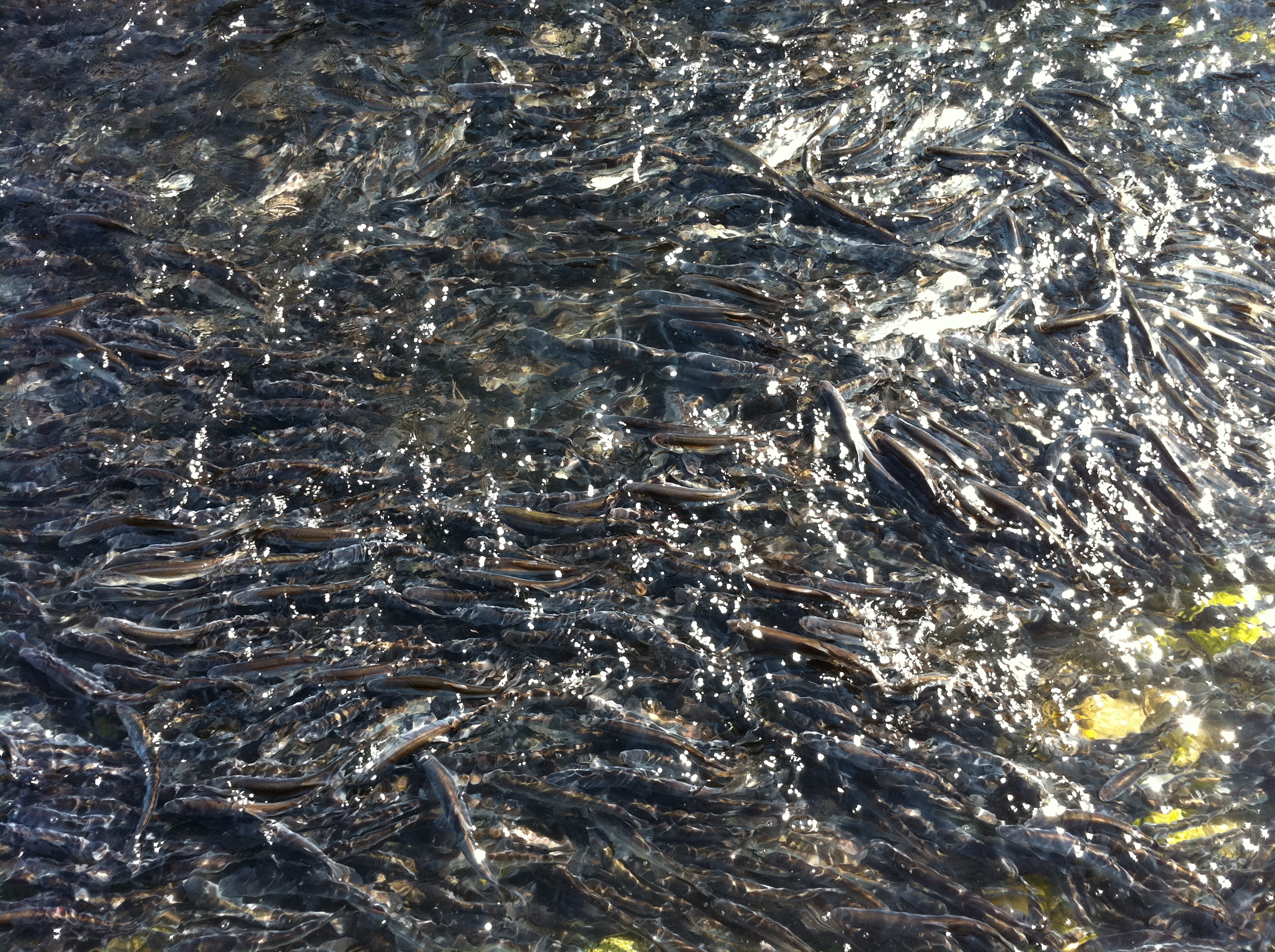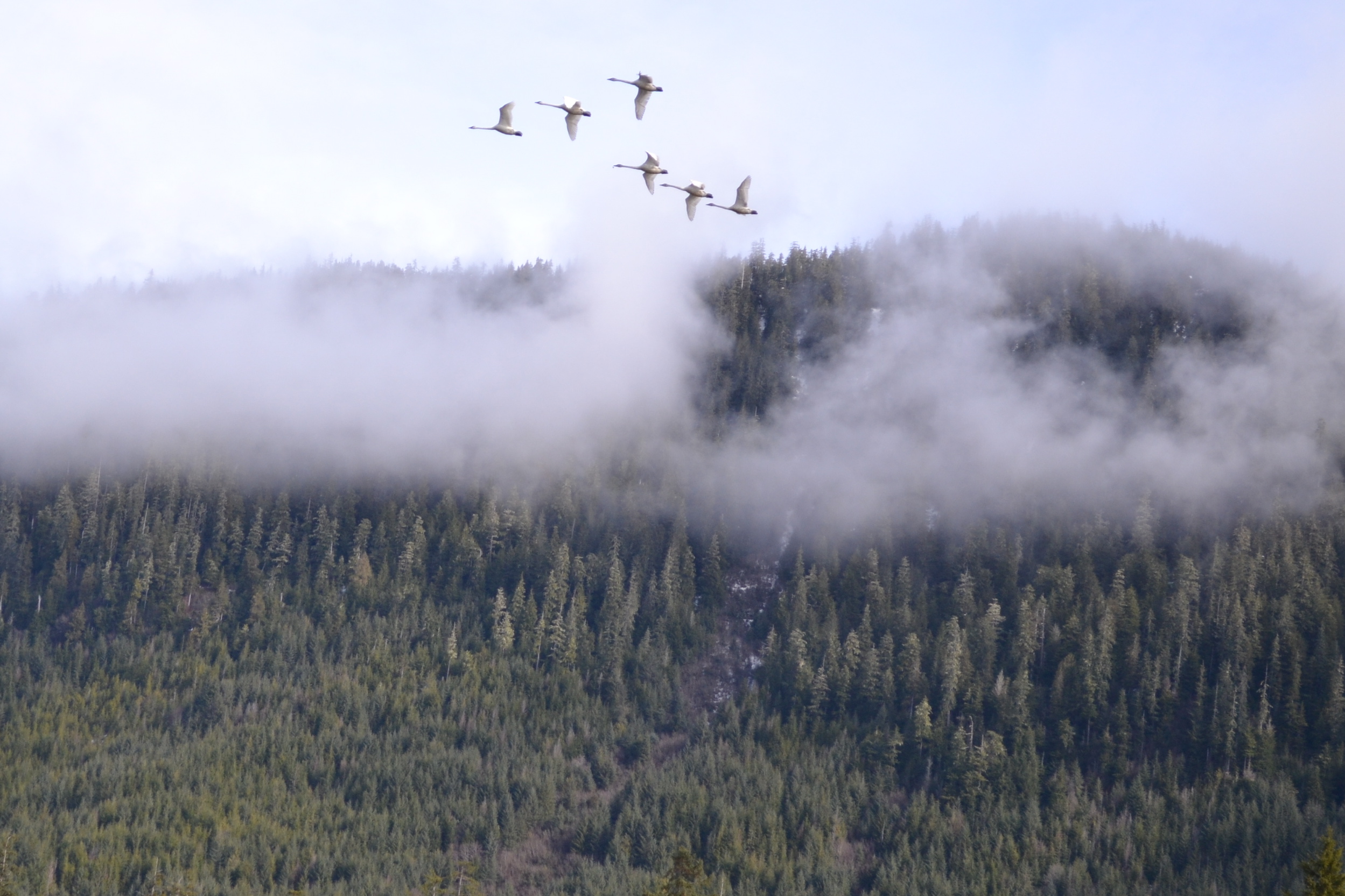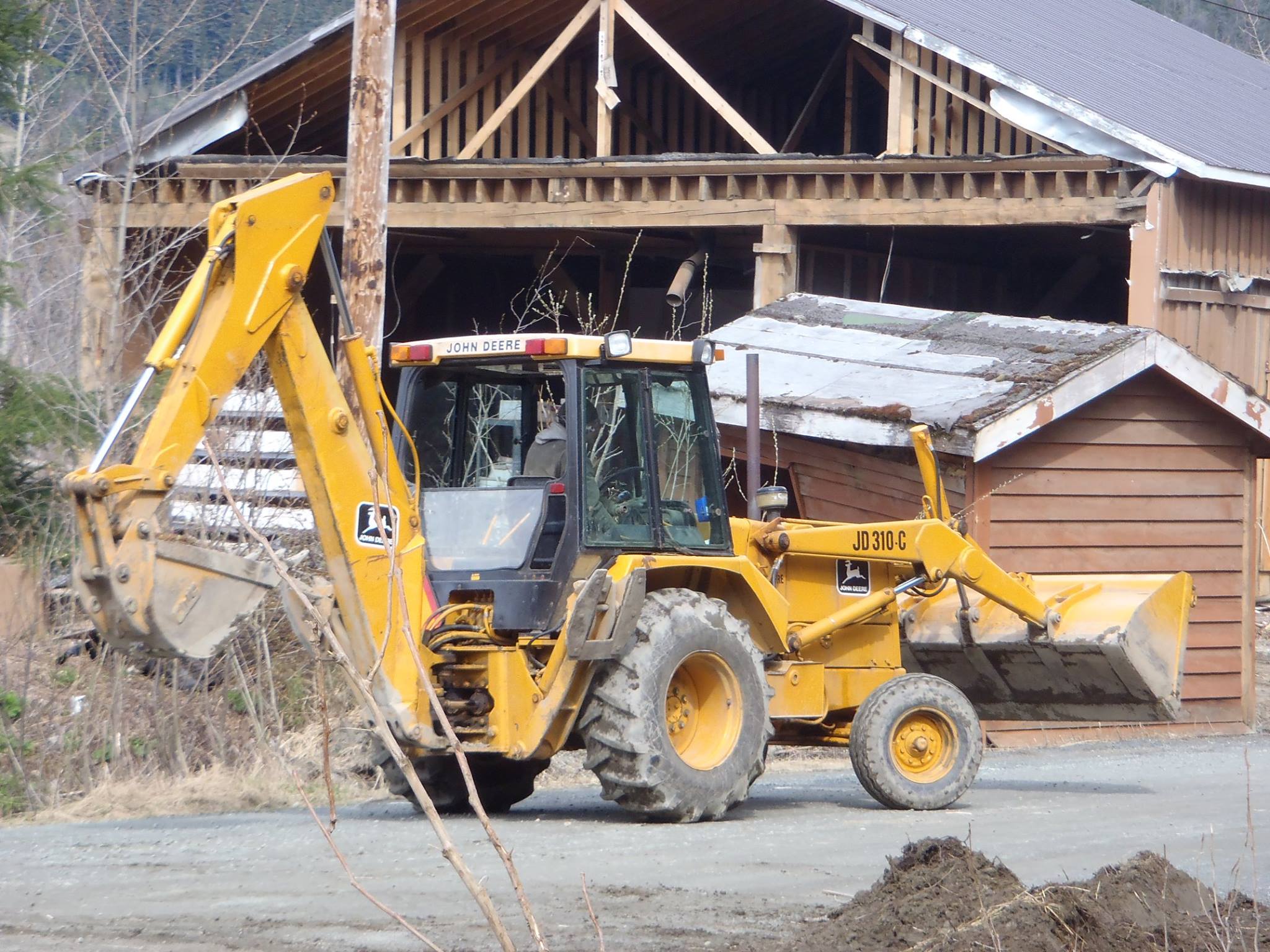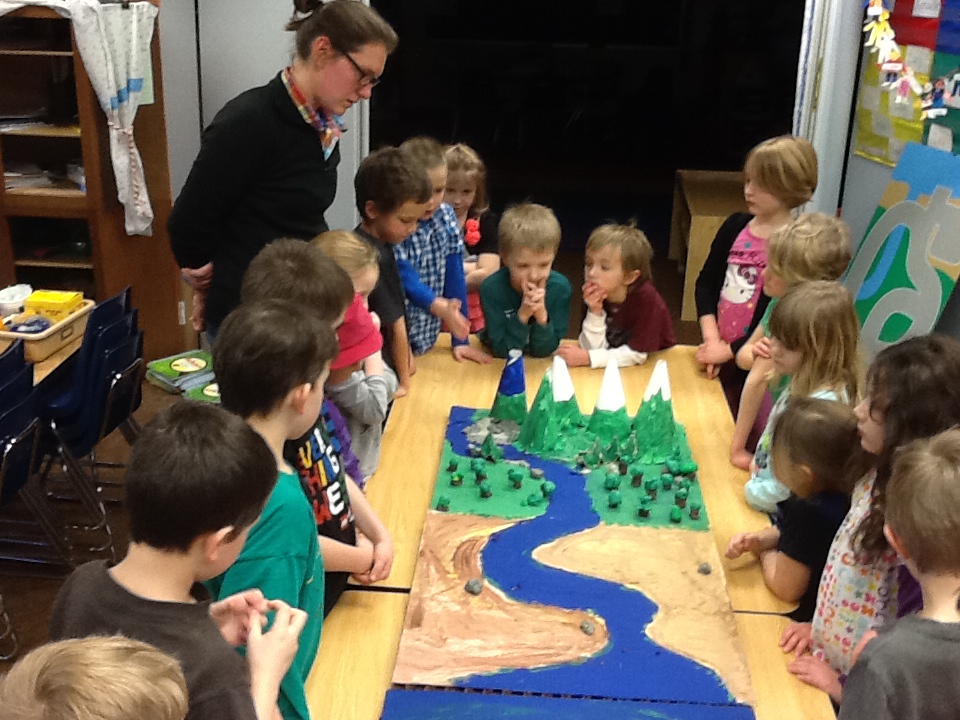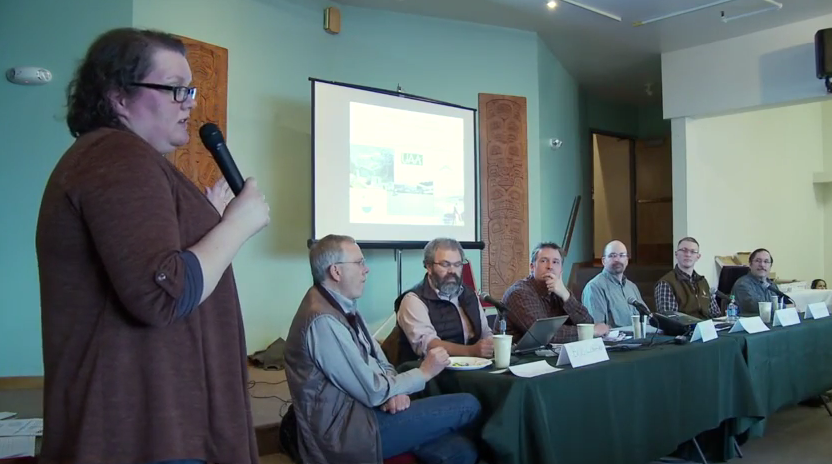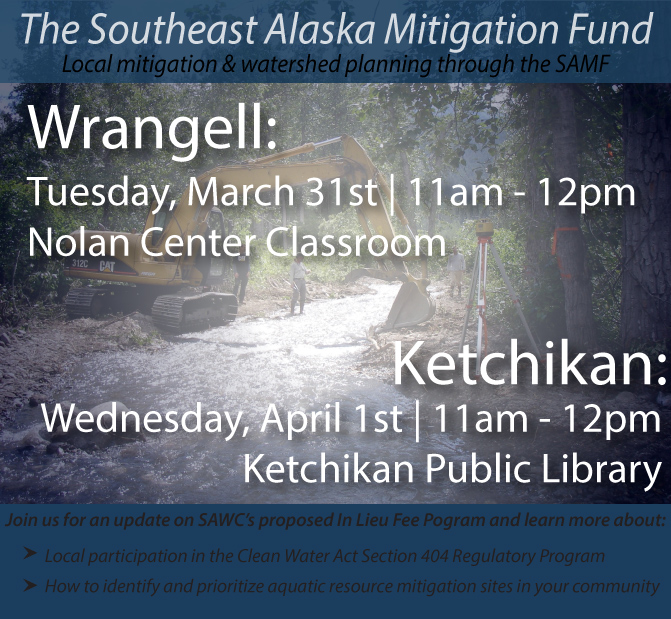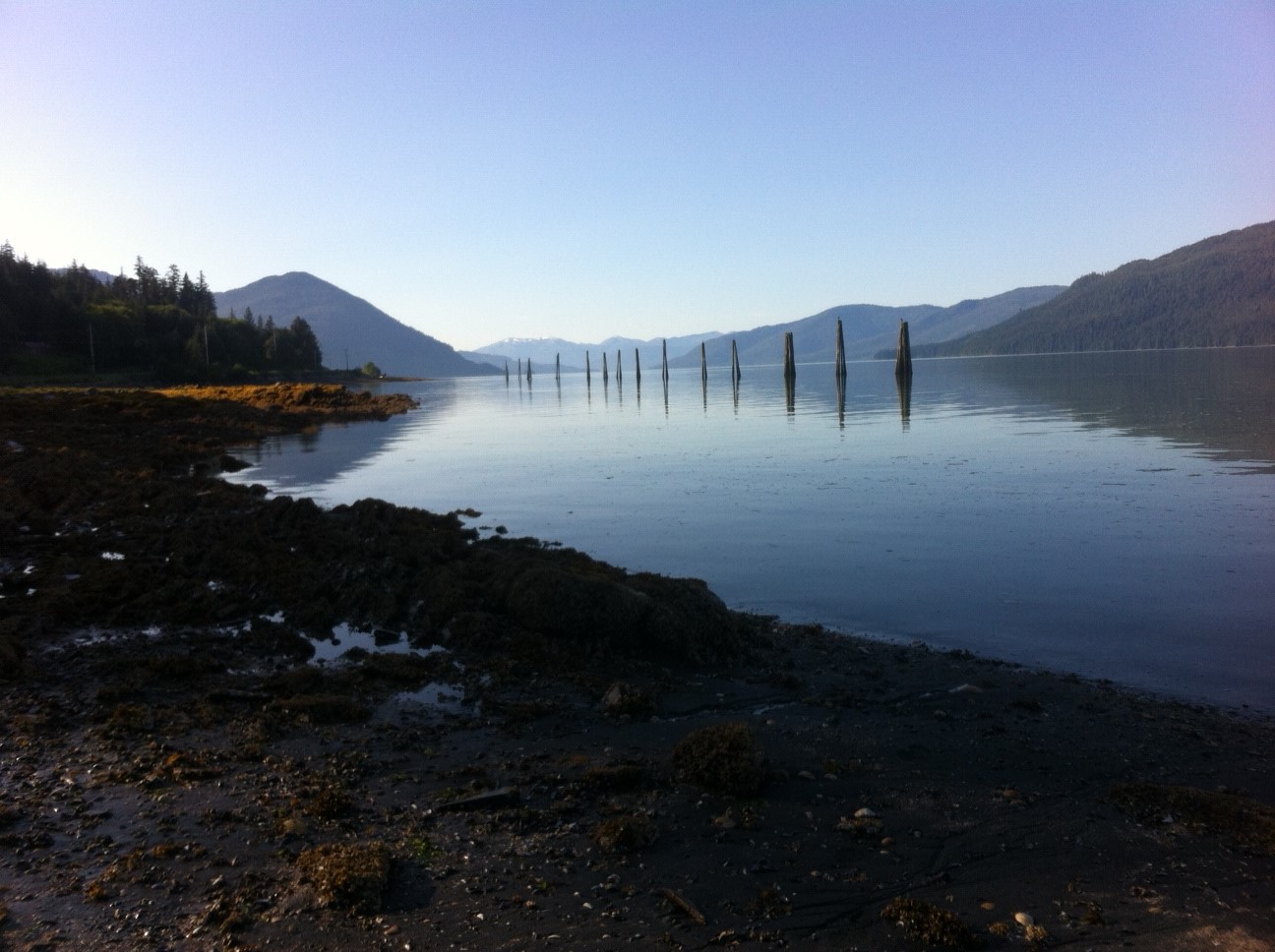
Tongass National Forest Watershed Restoration Program
[caption id="attachment_5510" align="aligncenter" width="903"] Photo courtesy of US Forest Service[/caption] According to the US Forest Service, the streams and lakes of the Tongass National Forest produce 80% of the annual Southeast Alaska commercial salmon catch. In an effort to steward this important resource, Tongass Fisheries and Watershed staff are strategically targeting watersheds in the region that have been heavily impacted by past management activities for collaborative efforts to restore critical salmon habitat and enhance ecological function of these aquatic resources. The Southeast Alaska Watershed Coalition is excited to work with the US Forest Service to support and advance regional watershed restoration efforts. Learn more about the Tongass National Forest Watershed Restoration Program and their 2015-16 program priorities: [gview file="https://www.alaskawatershedcoalition.org/wp-content/uploads/2015/06/TNFWatershedRestorationProgram2015.pdf"] [gview file="https://www.alaskawatershedcoalition.org/wp-content/uploads/2015/06/TNF_Watershed_Restoration_Fishpass_Enhancement_Programs_2015_2016_06022015.pdf"]

